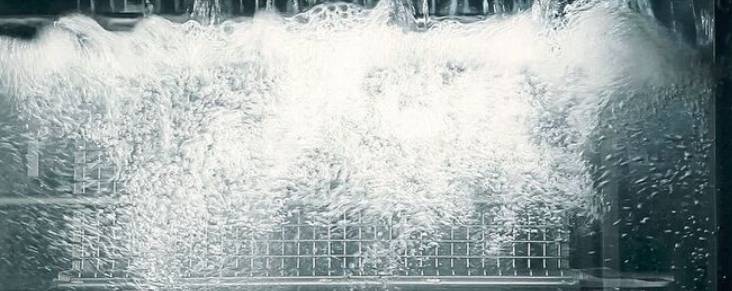
Residues left on components from forming oils and other contaminants can negatively impact product quality. Therefore, the process of degreasing cleaning plays a crucial role in enhancing the cost-effectiveness of the manufacturing process.
In the manufacturing process of sheet metal parts and metal, lubricants and oils are often used to facilitate processing, such as cooling lubricants in turning, milling, or forming oils. However, these fats and oil residues can negatively affect subsequent processing steps. Therefore, degreasing is a necessary step in surface treatment before further processing. Degreasing agents, or solvents, are used to remove these residues from the workpiece’s surface. Degreasing can be carried out using liquid solutions or through dry methods. Proper degreasing is essential for the smooth and efficient manufacturing of high-quality products.
Why should sheet metal be degreased?
Although lubricants and oils are essential for some processing operations such as forming, turning, and milling, they can also cause difficulties in other processes. For instance, they can hinder the application of a uniform and long-lasting coating. Hence, it is crucial to degrease the workpiece before painting or applying a powder coating to prepare it for the coating.
Degreasing is also essential for anodizing aluminum and joining processes, as well as for fulfilling customer requirements. Even if no further processing takes place in-house, the removal of fats, lubricating and anti-corrosion oils can be useful or necessary.
Process for degreasing sheet metal and metal
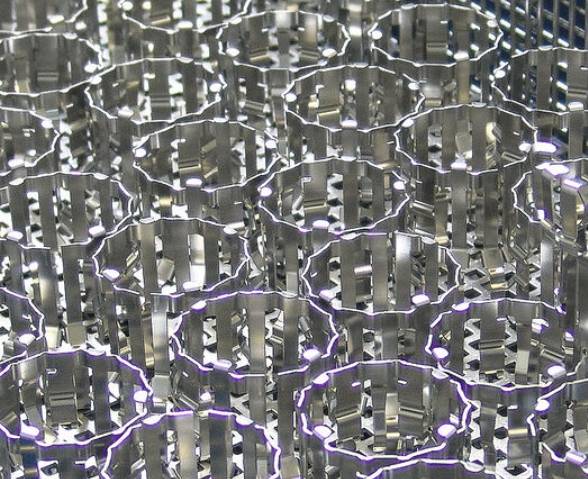
Degreasing is fundamentally divided into five types of process:
- Spray cleaning or rinsing of the workpieces;
- Immersion baths;
- Vapor degreasing;
- Vibration cleaning;
- Dry degreasing.
Degrease by rinsing
This method involves applying the degreasing agent through nozzles under pressure onto the workpiece, effectively rinsing off the surface of the metal. The process not only degreases the workpiece but also removes other residues and dirt, such as chips. It is a combination of chemical and mechanical cleaning. However, it may not be suitable for sheet metal or metal pieces with complex shapes, as some areas may be difficult to reach.
Degreasing by immersion baths
In this method of degreasing, workpieces are submerged in solvents that loosen and remove residues, but it lacks mechanical cleaning. Ultrasound can be employed to address this issue, enabling grease and oil to be removed from grooves, cracks, and bores. Ultrasound generates micro and macro vibrations in the liquid, facilitating the process. In certain cases, a cascade connection is utilized in immersion baths to enhance the chemicals’ degreasing efficacy and reduce water usage. Depending on the workpieces’ shape and available technology, spray cleaning and ultrasound immersion can also be combined.
Vapor degreasing
Vapor degreasing is ideal for workpieces that are only slightly contaminated with grease and oil. The degreasing process takes place within a chamber, where the solvent is heated until it reaches its boiling point. The resulting steam is then directed onto the cold workpiece, causing it to condense and rinse the surfaces with the solvent condensate.
Vibration cleaning for degreasing
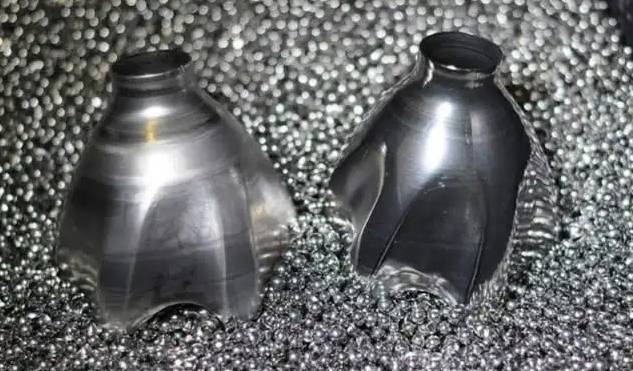
Vibration cleaning is a solvent-free method where the workpieces are subjected to vibrations at a specific frequency, which breaks the adhesion force of grease, oil, and other residues on the metal. This process helps to dislodge the contaminants, and they are then suctioned away. As no solvents are used in this process, it has a positive impact on both costs and the environment.
Dry degreasing
Dry degreasing is a process developed by BIP-Industrietechnik that uses physisorption to remove oils and fats from the surfaces of workpieces. Zeolites are used to bind to the oils and fats, eliminating the need for solvents or water. This makes the process environmentally friendly and eliminates the need to dry the sheet metal and dispose of chemicals. In summary, dry degreasing offers a waterless and chemical-free alternative for degreasing components.
What substances are needed for degreasing?
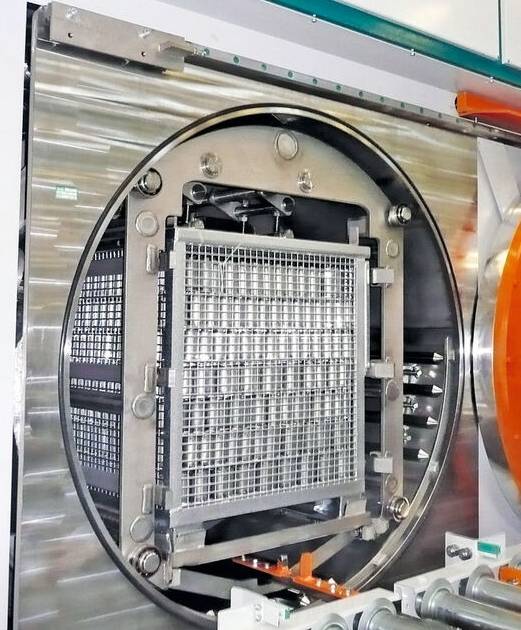
The substances needed for degreasing vary depending on the specific degreasing method used and the type of metal or sheet being treated.
In the past, halogenated hydrocarbons were commonly used for degreasing due to their high cleaning performance. However, substances like trichlorethylene and perchlorethylene are now deemed undesirable due to their devastating effects on the environment. As a result, non-halogenated agents have become a common alternative. A popular solution for degreasing now consists of three components:
- Electrolyte solution with a pH value adapted to the material between mild and strongly alkaline;
- Salt mix;
- Surfactants, so-called detergent substances.
The electrolyte solution used for degreasing usually contains a high percentage of water, typically around 90%. The alkalinity of the solution depends on the type of metal to be degreased. For example, mild alkaline solvents are suitable for degreasing aluminum, non-ferrous metals, and die-cast zinc, while strongly alkaline solutions are used for steel and stainless steel. In addition, a salt mixture is added to serve as a builder substance, which helps form the structure of the solution, carries inorganic dirt, and saponifies fats.
Surfactants have a familiar presence in households through their use in detergents and dishwashing liquids, and they serve a similar purpose in the degreasing of metal and sheet metal. Their function is to moisten, loosen, and either emulsify or demulsify oils and fats. Emulsification results in the fat remaining in solution, while demulsification causes the greasy residue to float on top of the solution, similar to fat spots on soup.
Which substance is used in dry degreasing?
Dry degreasing utilizes the properties of zeolites, which are crystalline aluminosilicates. Zeolites occur naturally, but can also be artificially synthesized. In the dry degreasing process, zeolites with fat-binding properties are directly applied to the workpiece or applied using a pad. The fats bind to the internal surfaces of the zeolites and can then be removed from the metal surface when the granules are removed.
For which metal are the different substances suitable?
As previously mentioned, the selection of cleaning agents depends not only on the type of metal being degreased but also on the level of contamination and the type of grease or oil used. Mild alkaline solvents are typically used for aluminum and non-ferrous metals, while stronger alkaline solutions are used for steel and stainless steel. The three-component cleaning solution mentioned earlier allows for the concentration and type of individual components to be customized and adjusted to suit specific degreasing needs.
It is not possible to make a general statement about the selection of degreasing substances since the choice depends on several factors such as the material, degreasing process, and type of grease. It is crucial to choose the appropriate substances that are compatible with these factors. Sometimes, laboratory investigations and tests may be necessary to determine the optimal solution. To improve the efficiency of the cleaning process, the specialist association for industrial parts cleaning e.V., which is part of the ZVO (Central Association for Surface Technology e.V.), focuses on the value-adding process of parts cleaning.
Problems with degreasing
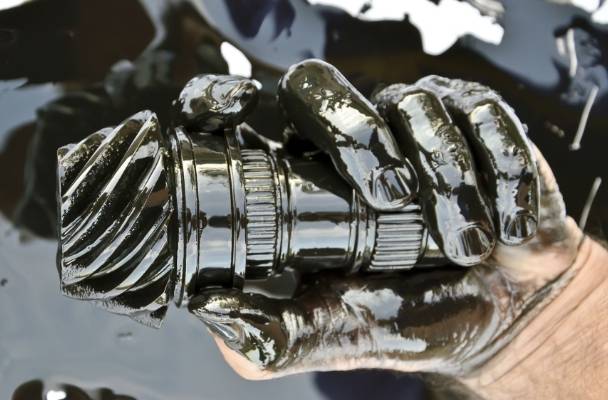
Degreasing is an imperative before coating, printing, painting and other finishing processes, but it comes with some challenges and problems. Below:
- Choice of the appropriate procedure;
- Efficiency;
- Recycling costs;
- Chemical disposal;
- Choosing the right method for degreasing.
As mentioned, the choice of method for degreasing sheet metal (parts) and metal is determined by the following factors:
- Type of metal or sheet metal;
- Type of fat or oil to be removed;
- Degree of contamination, for example if there are also chips or other residues on the workpiece.
The technology and capacity for degreasing are important factors to consider. If installing a separate degreasing system is not feasible, dry degreasing can be a viable alternative. Outsourcing the degreasing process to a specialized company is also an option for reducing effort and resources.
Efficiency
In the past, halogenated hydrocarbons were highly effective in degreasing due to their strong cleaning power. However, due to their detrimental impact on the environment, their use has significantly declined. Nowadays, alternative degreasing agents are more commonly used, which, depending on the process and application, can also deliver high cleaning performance while having a lower environmental impact.
- Chlorinated hydrocarbons;
- non-halogenated hydrocarbons;polar solvents;
- aqueous media.
These are in turn used in the following processes:
- Vapor degreasing;
- Injection flood washing;
- Spray cleaning or rinsing of the workpieces;
- Immersion cleaning;
- Dry cleaning;
- Ultrasound.
Depending on the desired result and degree of efficiency, different degreasing processes can be combined. Injection flood washing is effective for rough pre-cleaning to remove chips and some grease and oil. After this process, the workpiece is only slightly soiled and can be further cleaned using methods such as vapor degreasing or spray cleaning for fine cleaning.
Recycling costs and chemical disposal
Chemicals used for degreasing can be recycled instead of being disposed of immediately after use, but the process of recycling incurs additional costs. These costs include:
- Secure packaging;
- Transportation;
- Reprocessing.
As the costs of reprocessing and disposing of chemicals used for degreasing depend on the type and amount of chemicals, it is difficult to make a general statement about the costs involved. Therefore, methods such as dry degreasing or the use of ultrasound and vibration can be more cost-effective in the long term, as they do not require any chemicals for degreasing.